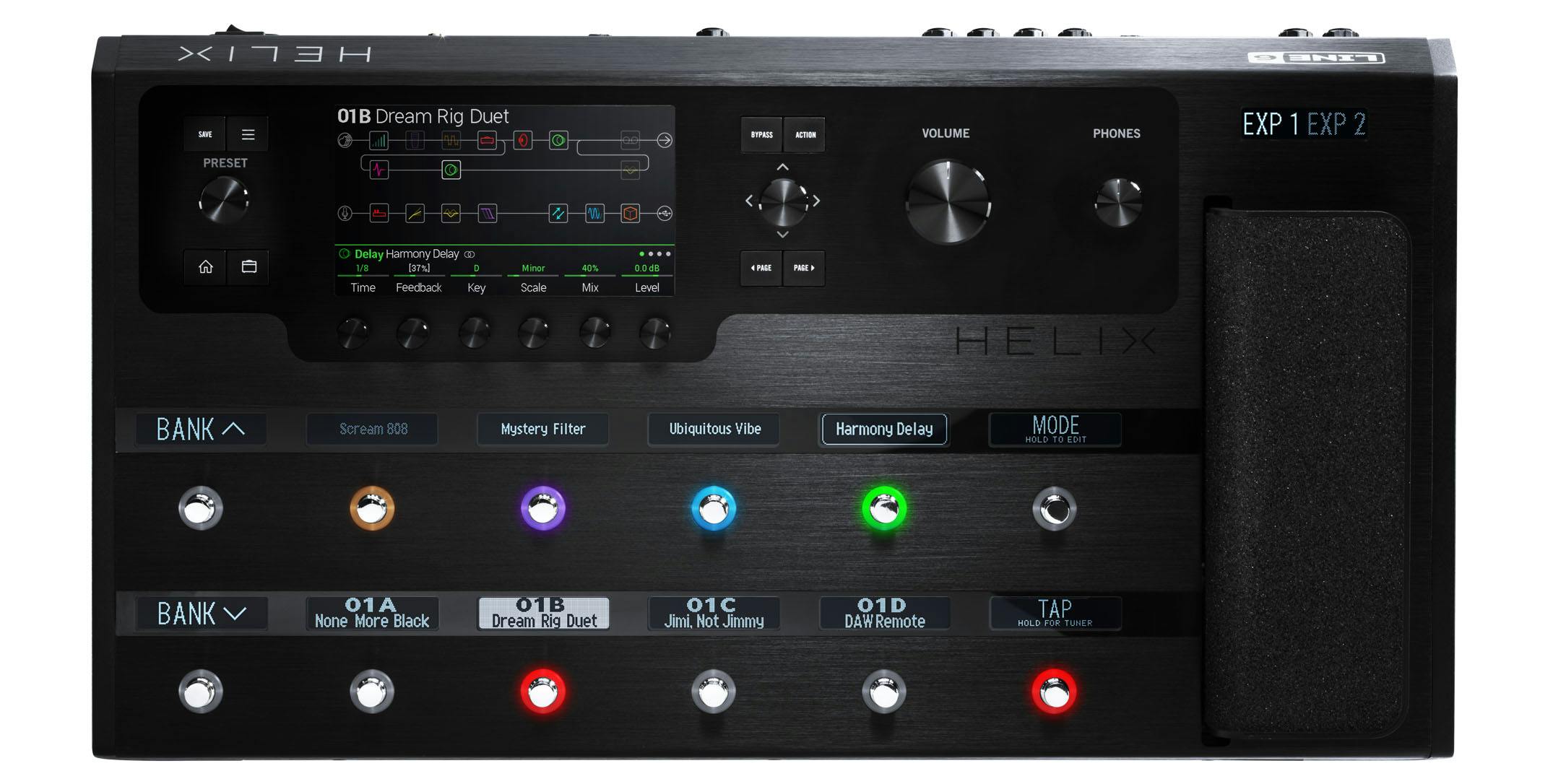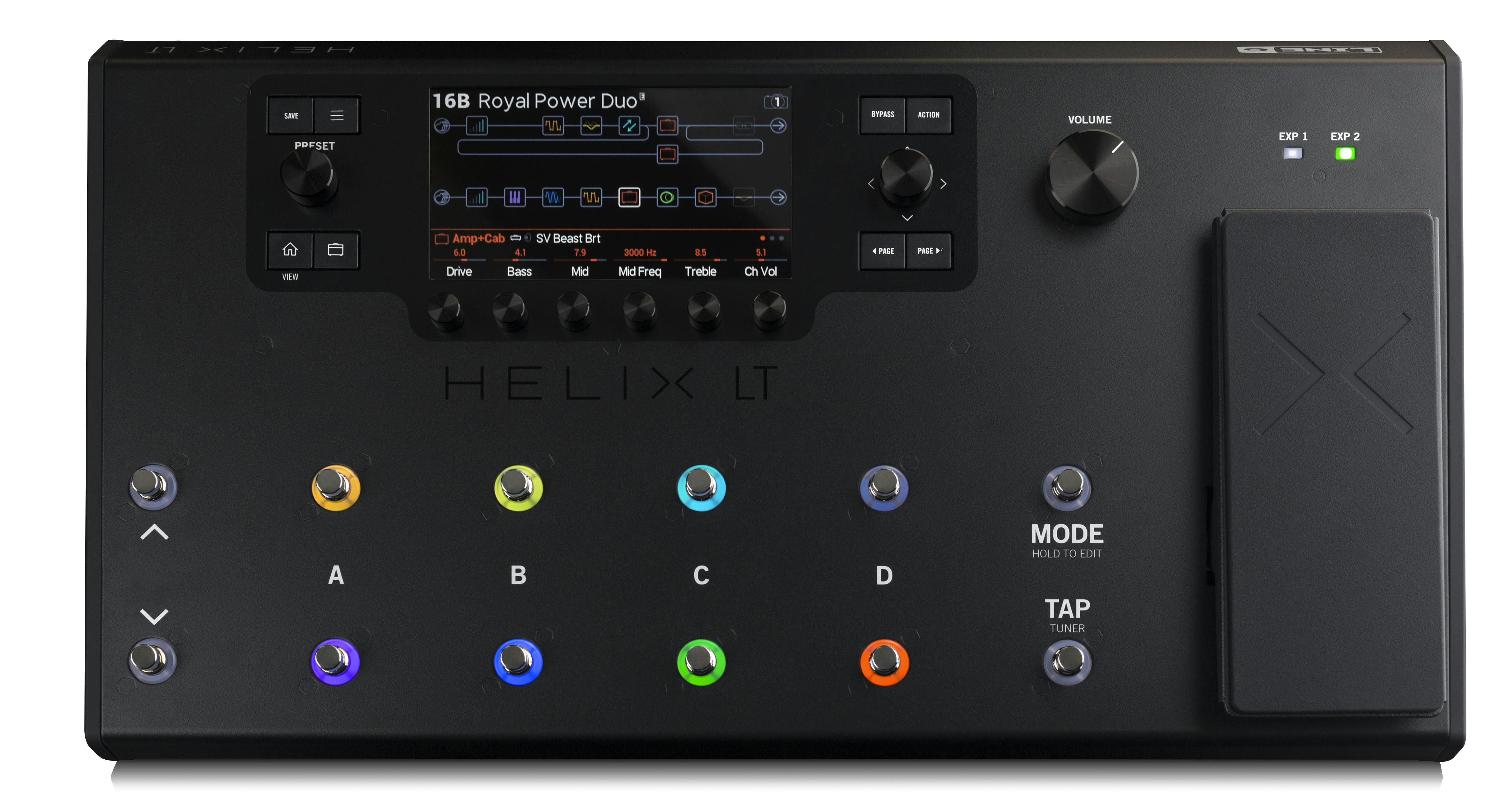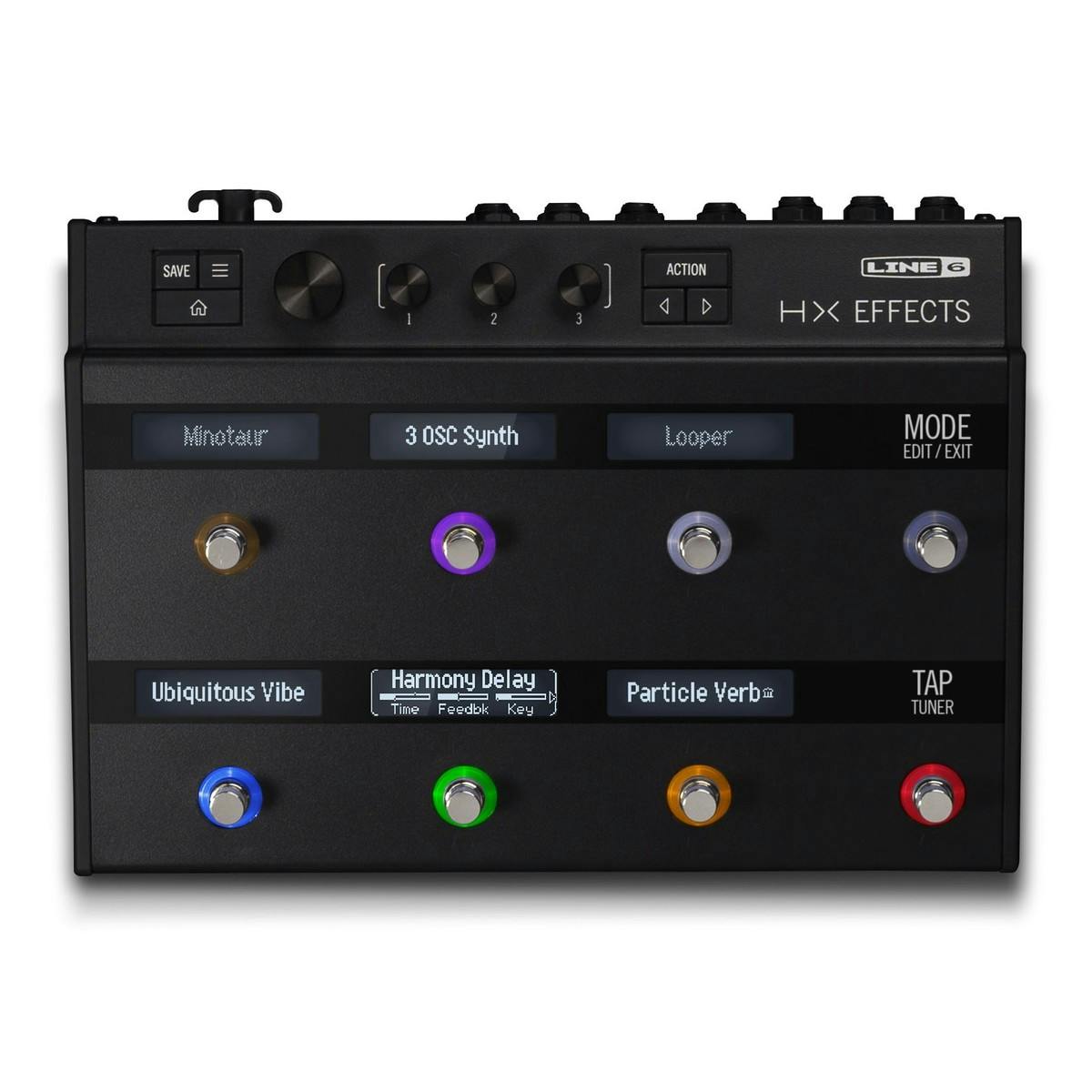- What will I learn in this article?
- What is the Fractal Audio Axe FX?
- What is the Line 6 Helix?
- What is the Kemper Profiling Amp?
- What is the Atomic Amplifire?
- Conclusion
Over the last few years, digital modelling amps have become incredibly advanced. They can now match the sound of real tube amps, effects and cabinets with amazing conviction. Offering immense versatility, not to mention better reliability, there are many reasons why guitarists are choosing to abandon their more traditional setups for these all-encompassing digital beasts.
With processing and technology rapidly improving year-after-year, now is a great time to look at the many different systems being offered on the market. The purpose of this article is to help you discover which one will suit your needs the most!
There are many options available today, with many companies jumping on the bandwagon and creating their own amp and effects modellers. But in this article, we will look at four of the main systems available today, detailing the pros and cons of each and comparing them against each other.
What will I learn in this article?
- The main features of the Fractal Audio Axe FX, Line 6 Helix, Kemper Profiler and Atomic AmpliFIRE
- The advantages of each of these units; identifying their pros and cons
- The alternative units available within Fractal, Line 6, Kemper and Atomic’s ranges
- Players that use these modelling amps and why
What is the Fractal Audio Axe FX?
When you think of high-end digital modelling amps, the Fractal Axe FX may be the first name that comes to mind. Whilst Line 6 have been making high-quality digital amp processors since the late 90s and early 00s, it was Fractal that made what can be considered as the first ‘pro-grade’ modeller.
Designed for touring musicians looking for optimal tonal consistency every night, studio geeks have also adored this feature-packed unit for its excellent, recording-ready tones. Emulating some of the most famous amplifiers around, the Axe FX is most synonymous with metal players, hugely popular for offering soaring high-gain tones with its 5150 and Mesa Boogie models – to name just a few!
Who uses the Fractal Audio Axe FX?
It was therefore no surprise that a raft of high-profile names flocked to Fractal a few years ago, taking advantage of the Axe FX’s renowned ease-of-use and high-fidelity sound quality. With massive names such as Devin Townsend and Misha Mansoor on Fractal’s roster, these pioneering players have used the Axe FX to break new ground in the guitar world.
But not all artists have deserted their tube amps and replaced them solely with this powerful and intuitive unit. That’s because the Axe FX is almost as famous for its amazing arsenal of effects as its amp models, with many players enjoying its gorgeous delay, reverb and modulation palettes. That’s why a handful of players prefer to use the Axe FX in conjunction with their classic tube amps, using it just for its premium-sounding effects. Steve Vai and John Petrucci are a couple of established names that use the Axe FX in this configuration.
What Axe FX modelling amps are out there?
Fractal have released several versions of their flagship Axe FX processor, and below we are going to look at their most recent offerings in great detail:
Axe FX II
The Axe FX II is powered by a pair of Analog Devices TigerSHARC DSPs (some of the most powerful in the world), and this high-spec has allowed Fractal to go overboard with other features. Capable of offering emulated dual-amp setups, you can achieve super-rich and unique tones by playing around with different amp sim combinations. Alongside its huge array of genuine-sounding effects, you can create huge, experimental sounds with next-to-zero audible latency.
Axe FX III
Now in its third generation, Fractal have taken this concept a step further with the new for 2018 Axe FX III. Boasting two Texas Instruments “Keystone” DSPs, these run at an eye-watering 1 GHz, coupled to 512 MB of high-speed RAM. The Axe FX III also has enough memory to store over 4000 cabinet impulse responses and 500 presets, giving you an insane amount of flexibility.
With an improved interface for more user-friendly operation, letting players craft their sounds with even more detail and refinement, the updated amp models offer even closer emulations of their real-life counterparts. With thousands of UltraRes™ speaker cab simulations, the amount of options is nearly endless.
Fractal Audio Axe FX – Pros & Cons
Unfortunately, the immense power and quality of the Axe FX comes at a cost. You can easily spend upwards of £2000 on the latest version of the Axe FX (the III), and even older versions are commonly sold on the used market for over £1000. Bear in mind that the Axe FX is by far the most expensive unit featured in this article, so don’t feel put off by the cost. Having said that, its price is indicative of just how unbelievably diverse and impressive it is.
It’s worth mentioning, however, that there are some things that it does not handle as well as other units. Although its ‘amp-matching’ feature is incredible, intelligently analysing a recorded guitar track and creating a patch based on its tonal qualities almost like-for like, it can’t however capture the sounds of your real amp collection via a conventional mic’ing process. So, if you want properly matched tones based on your own amplifiers, the Kemper Profiler is capable of doing that.
Another downside is that Fractal only sell their units direct, and not via retailers (unless you find a second-hand example). This means that you can’t try one of their units in person before purchasing, unless you know someone that owns one. This also means that if something goes wrong, there are very few service centres that can resolve any issues.
Back to the pros of this unit though, if you are constantly touring and moving from session to session, the unbridled versatility of the Axe FX makes it a great investment. The sound quality is unparalleled, and the control that you have over your patches with its deep editing and MIDI functionality makes it easy to alter and change your sounds on-the-fly.







Responses & Questions